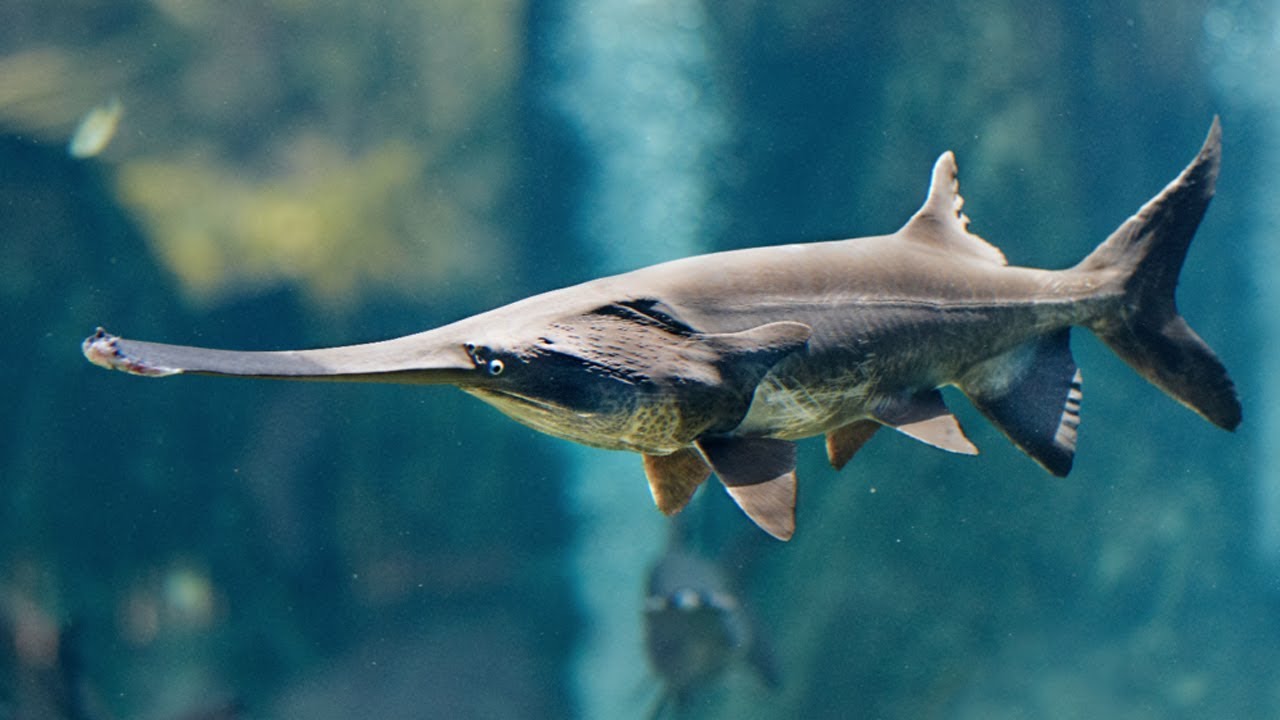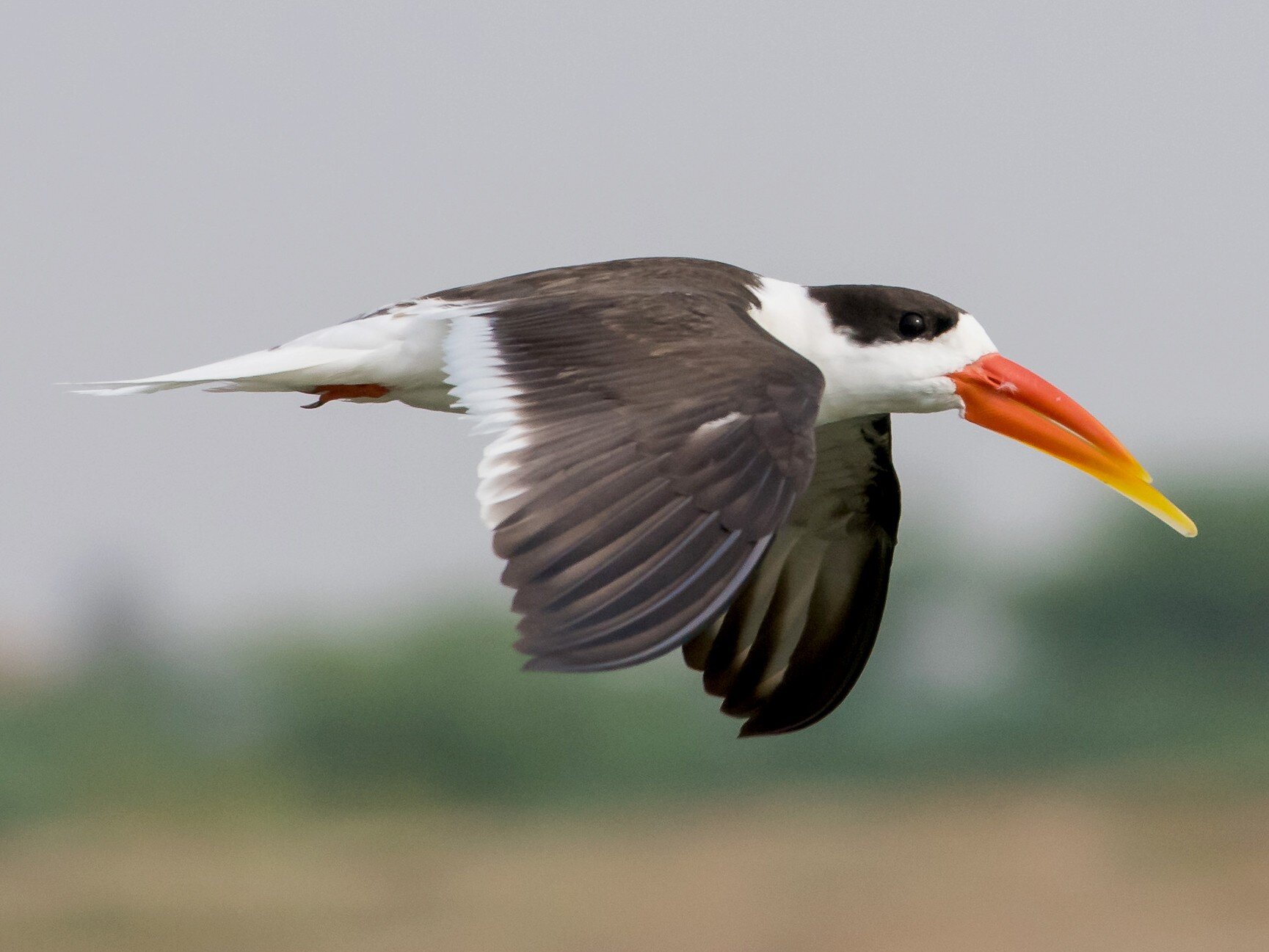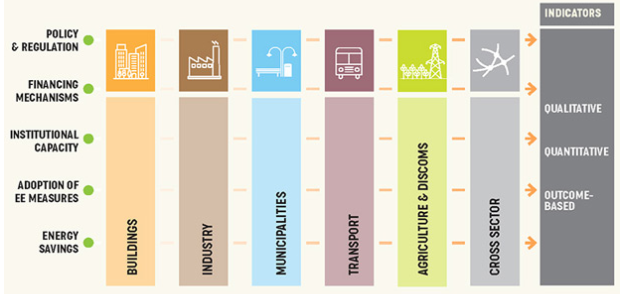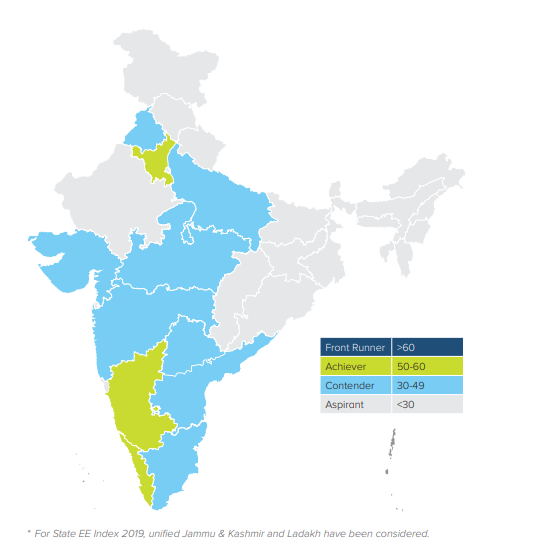SC’s Verdict on Curbs Imposed in J&K
Why in News
The Supreme Court has recently given its ruling on the Kashmir lockdown and communications shutdown cases.
- The cases were also related to the impact of the prohibitory orders issued under Section 144 of the Code of Criminal Procedure (CrPC) on press freedom.
- Internet access was snapped after Jammu and Kashmir’s special status was revoked and the state bifurcated into two union territories, Jammu and Kashmir, and Ladakh.
Key Points
- Ruling on Suspension of Internet
- Suspending Internet services indefinitely is impermissible under the Temporary Suspension of Telecom Services [Public Emergency or Public Service] Rules, 2017.
- The court held that suspension could be done for temporary duration only and the same is subject to judicial review.
- A "complete and broad" suspension of telecom and Internet services should be resorted to only as a drastic measure in an "unavoidable" situation.
- The Court has thus asked the government to review within seven days all orders directing suspension of internet services.
- Upheld Fundamental Rights
- The freedom of free speech and expression on the Internet is a fundamental right under Article 19(1)(a) of the Constitution. The State cannot cite the extensive reach and impact of the Internet as a medium in order to restrict this right.
- Trade, occupation or commerce dependent on the Internet is a fundamental right under Article 19(1)(g).
- Restriction upon such fundamental rights should be in consonance with the mandate under Article 19 (2) and (6) of the Constitution, inclusive of the test of proportionality.
Note: The Doctrine of Proportionality postulates that the nature and extent of the State’s interference with the exercise of a right must be proportionate to the goal it seeks to achieve.
- Ruling on Section 144
- The Court held that the repetitive orders under Section 144 CrPC as an abuse of power.
- The Court said that power under the Section 144 is exercisable not only where there exists present danger, but also when there is an apprehension of danger. However, the danger contemplated should be in the nature of an ‘emergency’ and for the purpose of preventing obstruction and annoyance or injury to any person lawfully employed”.
- The government cannot recourse to blanket use of the power under Section 144 CrPC (for issuing restrictions) as a tool to prevent the legitimate expression of opinion or grievance or exercise of any fundamental rights. There is a need to find a balance regarding security and liberty of people.
- The Court has thus asked the authorities to review forthwith the need for continuance of any such order.
Temporary Suspension of Telecom Services [Public Emergency or Public Service] Rules, 2017
- These are the rules to be followed if the government intends to temporarily suspend telecom services in any part of the country.
- According to these rules, only the Home Secretary of the country and a secretary of a state’s home department can pass such an order.
- These also state that any such order should be taken up by a review committee within five days.
- These rules have been framed by the government on the basis of the powers conferred by section 7 of the Indian Telegraph Act, 1885.
Relevant Provisions of Article 19
- Article 19(1)(a) states that all citizens shall have the right to freedom of speech and expression.
- Article 19(1)(g) states that all citizens shall have the right to practise any profession, or to carry on any occupation, trade or business.
- Article 19 (2) states that the State can impose reasonable restrictions on the exercise of the right to freedom of speech and expression in the interests of the :
- Sovereignty and integrity of India,
- Security of the State,
- Friendly relations with foreign States,
- Public order, decency or morality or in relation to contempt of court, defamation or incitement to an offence.
- Under Article 19(6), the State can impose reasonable restrictions on the exercise of the right provided under Article 19(1)(g) in the interest of the general public.
- Section 144 CrPC, empowers a district magistrate, a sub-divisional magistrate or any other executive magistrate specially empowered by the state government in this behalf to issue orders to prevent and address urgent cases of apprehended danger or nuisance.
- Powers
- The magistrate can direct any person to abstain from a certain act or to take a certain order with respect to certain property in his possession or under his management.
- This usually includes restrictions on movement, carrying arms and form assembling unlawfully. It is generally believed that assembly of three or more people is prohibited under Section 144.
- Section 144 CrPC has often been used to clamp down on telecommunication services and order Internet shutdowns.
National Strategy for Financial Inclusion
Why in News
The Reserve Bank of India (RBI) has planned the National Strategy for Financial Inclusion (NSFI) for the period 2019-2024.
- It is an ambitious strategy which aims to strengthen the ecosystem for various modes of digital financial services in all Tier-II to Tier VI centres to create the necessary infrastructure to move towards a less-cash society by March 2022.
- Financial inclusion is a key driver of economic growth and poverty alleviation in the whole world.
Classification of Centres (tier-wise) Population (as per 2011 Census)
- Tier I - 1, 00,000 and above
- Tier II - 50,000 to 99,999
- Tier III - 20,000 to 49,999
- Tier IV - 10,000 to 19,999
- Tier V - 5,000 to 9,999
- Tier VI - Less than 5000
Key Points
- Vision: ‘A financially aware and empowered India’.
- Objectives:
- Create awareness and educate consumers on access to financial services, availability of various types of products and their features.
- A target has been set that every willing and eligible adult, who has been enrolled under the Prime Minister Jan Dhan Yojana, will be enrolled under an insurance scheme and a pension scheme by March 2020.
- Change attitudes to translate knowledge into behaviour.
- Make consumers understand their rights and responsibilities as clients of financial services.
- Increase outreach of banking outlets to provide banking access to every village within a 5-km radius or a hamlet of 500 households in hilly areas by March 2020.
- Ensure that every adult had access to a financial service provider through a mobile device by March 2024.
- Create awareness and educate consumers on access to financial services, availability of various types of products and their features.
- Stakeholders: It recognises an indicative list of stakeholders-
- Financial Consumers.
- Financial Market players like banks, non-banking financial companies (NBFC) etc.
- Educational Institutions.
- Non Governmental Organizations (NGOs).
- Financial Sector Regulators.
- Both Central and State governments.
- Multilateral international players like OECD, G-20, etc.
- Significance:
- Steps are needed to strengthen the digital financial services’ ecosystem including increased awareness on usage of digital modes of transactions, increased acceptance infrastructure and a safe environment incorporating the principles of consent and privacy.
- There is a need to develop a sector-specific action plan to monitor targets and review the progress, along with a strong regulatory and legal framework aimed at protecting the interests of the customers, promoting fair practices and curbing market manipulations.
- Currently, financial inclusion policies are targeted towards specific sectors such as the small and medium businesses, agriculture or specific regions such as the aspirational districts.
- The strategy also envisions to make the Public Credit Registry (PCR) fully operational by March 2022 so that authorised financial entities could leverage it for assessing credit proposals from all citizens.
New Facility to Tackle Cyber Crimes
Why in News
The Indian Cyber Crime Coordination Centre (I4C) was recently inaugurated by the government. National Cyber Crime Reporting Portal has also been launched pan India.
Indian Cyber Crime Coordination Centre
- The scheme to set up I4C was approved in October 2018, to deal with all types of cybercrimes in a comprehensive and coordinated manner.
- It has seven components:
- National Cyber Crime Threat Analytics Unit
- National Cyber Crime Reporting Portal
- National Cyber Crime Training Centre
- Cyber Crime Ecosystem Management Unit
- National Cyber Crime Research and Innovation Centre
- National Cyber Crime Forensic Laboratory Ecosystem
- Platform for Joint Cyber Crime Investigation Team.
- 15 States and Union Territories have given their consent to set up Regional Cyber Crime Coordination Centres.
- This state-of-the-art Centre is located in New Delhi.
National Cyber Crime Reporting Portal
- It is a citizen-centric initiative which will enable citizens to report cybercrimes online and all the complaints will be accessed by the concerned law enforcement agencies for taking action as per law.
- The portal specifically focuses on crimes against women, children, particularly child pornography, child sex abuse material, online content pertaining to rapes/gang rapes, etc.
- It also focuses on crimes like financial crime and social media related crimes like stalking, cyberbullying, etc.
- The portal was launched on a pilot basis on 30th August 2019.
- It will improve the capacity of law enforcement agencies to investigate the cases after successful completion by improving coordination amongst the law enforcement agencies of different States, districts and police stations.
Review of India’s Energy Policies
Why in News
The International Energy Agency (IEA) has released the first in-depth review of India’s energy policies.
- The report highlights the achievements of India’s energy policies and provides recommendations to support the government’s goals of promoting well-functioning energy markets and boosting deployment of renewables.
- IEA regularly conducts in-depth reviews of energy policies for its member and association countries. This is the first review carried out for India, which has been an IEA-association country since March 2017.
Key Findings
- Policies Appreciated
- Government’s achievements in extending citizens’ access to electricity, affordable efficient lighting and clean cooking through historic schemes like SAUBHAGYA, UJALA and UJJWALA.
- Energy efficiency improvements in India avoided 15% of additional energy demand, oil and gas imports, and air pollution as well as 300 million tonnes of CO2 emissions between 2000 and 2018.
- Government policies designed to conduct large-scale renewable energy auctions, open up coal mining to private companies, and promote access to oil and gas markets for foreign investors.
- Status of Renewables: There is a strong growth of renewables in India, which now accounts for almost 23% of the country’s total installed capacity.
- India’s Demand for Energy
- The country’s demand for energy is set to double by 2040, and its electricity demand may triple.
- Indian oil consumption is expected to grow faster than that of any other major economy (including China). This makes further improving energy security a key priority for India’s economy.
- India's oil demand is expected to reach 6 million barrels per day (bpd) by 2024 from 4.4 million bpd in 2017, but its domestic production is expected to rise only marginally, making the country more reliant on crude imports and more vulnerable to supply disruption in the Middle East.
- India's oil refining capacity is expected to rise to 5.7 million bpd by 2024, making it a very attractive market for refinery investment.
- Recommendations
- NITI Aayog can play a strong role in working with the states to implement power sector reforms, advance grid integration, improve flexibility and coordinate energy policy decisions.
- In renewables-rich states, the share of variable renewables in electricity generation is already above 15%, a level that calls for dedicated policies to ensure they integrate smoothly into the power system.
- The review encourages India to institutionalise energy policy coordination across government with a national energy policy framework.
- India should also to expand its Strategic Petroleum Reserves (SPR).
Note
- India ranks third in terms of global oil consumption after China and the United States.
- India ships in over 80% of its oil needs, of which 65% is from the Middle East through the Strait of Hormuz.
- India is the world's fourth largest oil refiner and a net exporter of refined fuels, mainly gasoline and diesel.
International Energy Agency
- The IEA was created in 1974 to help coordinate a collective response to major disruptions in the supply of oil.
- It is made up of 30 member countries. It also includes 8 association countries.
- It is an autonomous inter-governmental organisation within the Organisation for Economic Co-operation and Development (OECD) framework, headed by its Executive Director.
- It is headquartered in Paris, France.
State Energy Efficiency Index 2019
Why in news
The government has released the ‘State Energy Efficiency Index 2019’. The Index tracks the progress of Energy Efficiency (EE) initiatives in states and union territories based on 97 significant indicators.
- Assessment is based on their efforts and achievements in policy and regulation, financing mechanisms, institutional capacity, adoption of energy efficiency measures and energy savings achieved.
- The index incorporates qualitative, quantitative and outcome-based indicators to assess energy efficiency initiatives, programs and outcomes in five distinct sectors – buildings, industry, municipalities, transport, agriculture, and DISCOMs.
About Index
- The first “State Energy Efficiency Preparedness Index 2018”, was launched on August 1, 2018.
- The index is developed by the Bureau of Energy Efficiency (BEE) in association with Alliance for an Energy-Efficient Economy (AEEE).
- The 2019 index has included new indicators like the adoption of Energy Conservation Building Code (ECBC) 2017, energy efficiency in MSME clusters, etc.
- Data collection: The required data were collected from the concerned state departments such as DISCOMs, Urban Development departments and other departments with the help of State Designated Agencies (SDAs).
Key Points
- Comparison: For rational comparison, States/UTs are grouped into four groups based on aggregated Total Primary Energy Supply (TPES) required to meet the state’s actual energy demand (electricity, coal, oil, gas, etc.) across sectors.
- The index categorises states as ‘Front Runner’, ‘Achiever’, ‘Contender’ and ‘Aspirant’ based on their efforts and achievements towards energy efficiency implementation.
- The top-performing states for 2019 are Haryana, Kerala and Karnataka, are in the ‘Achiever’ category.
- Manipur, Jammu & Kashmir, Jharkhand and Rajasthan performed the worst in the Aspirant groups.
- Since there isn’t state in the ‘Front runner’ category, it can be inferred that a lot more can be done at the state level to realise energy savings from energy efficiency.
- TPES grouping helps states compare their performance and share best practices within their peer group.
- The index categorises states as ‘Front Runner’, ‘Achiever’, ‘Contender’ and ‘Aspirant’ based on their efforts and achievements towards energy efficiency implementation.
- The index will help states contribute towards national goals on energy security and climate action by helping drive EE policies and program implementation at the state and local level.
- It will track progress in managing the states’ and India’s energy footprint and institutionalising the data capture and monitoring of EE activities by states.
Bureau of Energy Efficiency (BEE)
- The BEE is a statutory body under the Ministry of Power, Government of India.
- It assists in developing policies and strategies with the primary objective of reducing the energy intensity of the Indian economy.
- BEE coordinates with designated consumers, designated agencies, and other organizations to identify and utilize the existing resources and infrastructure, in performing the functions assigned to it under the Energy Conservation Act, 2001.
Chinese paddlefish
Why in news?
Recently, the Chinese paddlefish (Psephurus gladius) has been declared extinct by Chinese scientists.
- It was last spotted in 2003.
Key Points
- It was one of the largest freshwater fish.
- Habitats: Freshwater and estuaries.
- IUCN status: Critically Endangered (Although declared extinct by Chinese scientists but its IUCN status is Critically Endangered, which was last assessed in 2009).
- It was endemic to the Yangtze River (including brackish water of the mouth) in China. It was found in China only.
- Yangtze River has seen half of the unique species to its waters go extinct.
- It is the longest river in Asia, the third-longest river in the world and the longest river to flow entirely in one country.
- It rises in the northern part of the Tibetan Plateau and flows in a generally easterly direction to the East China Sea.
- Overfishing and habitat fragmentation and dam-building caused its population to dwindle from the 1970s onwards. The researchers estimate that it became functionally extinct by 1993.
- It is one of only two paddlefish species in existence.
- Second is the American paddlefish (IUCN Status: Vulnerable) species found in the Mississippi River Basin in the United States.
Criteria for Extinction
- The Red List criteria of the IUCN has several categories for extinction
- Critically Endangered: species faces a high probability of extinction.
- Extinct in the wild: means a species survives only in a captive environment.
- Locally extinct: ceased to exist in a particular area but may exist in other areas.
- Functionally extinct: continues to exist but it has too few members to reproduce meaningfully enough to ensure survival.
- Globally extinct: no surviving member anywhere. When there is no reasonable doubt left that its last member has died.
- Once declared extinct, a species is not eligible for protective measures and conservation funding.
Indian Skimmer
Why in News
The annual bird census has been commenced in the Coringa Wildlife Sanctuary and surrounding wetlands in the Godavari mangroves on the east coast in Andhra Pradesh.
- The census aims at the documentation of migratory and resident birds so that a better management plan of the complex ecosystem supporting the waterbird species can be prepared.
- The Godavari mangroves is one among the few places where the Indian Skimmer can be spotted.
Key Points
- Indian Skimmer (Rynchops albicollis) is a waterbird species.
- In India, the species can be sighted near the Chambal river in Central India, in few parts of Odisha and in Andhra Pradesh.
- IUCN Red List Status- Vulnerable.
- CITES Status: Not listed.
World Hindi Day
World Hindi Day is celebrated every year on January 10 to promote the Hindi language all around the world.
- It was first celebrated in 2006 to commemorate the anniversary of the first World Hindi Conference which was held in Nagpur on January 10, 1975.
- World Hindi Day is also celebrated by Indian embassies located in various parts of the world.
- World Hindi Day is different from Hindi Divas which is celebrated on September 14 every year.
Hindi
- Hindi got its name from the Persian word Hind, meaning 'land of the Indus River'. Turk invaders in the early 11th century named the language of the region Hindi, 'language of the land of the Indus River'.
- It is the official language of India, English being the other official language.
- Hindi is also spoken in some countries outside India, such as in Mauritius, Fiji, Suriname, Guyana, Trinidad & Tobago and Nepal.
- Hindi in its present form emerged through different stages, during which it was known by other names. The earliest form of old Hindi was Apabhramsa. In 400 AD Kalidas wrote a romantic play in Apabhramsa called Vikramorvashiyam.
- The modern Devanagari script came into existence in the 11th century.


